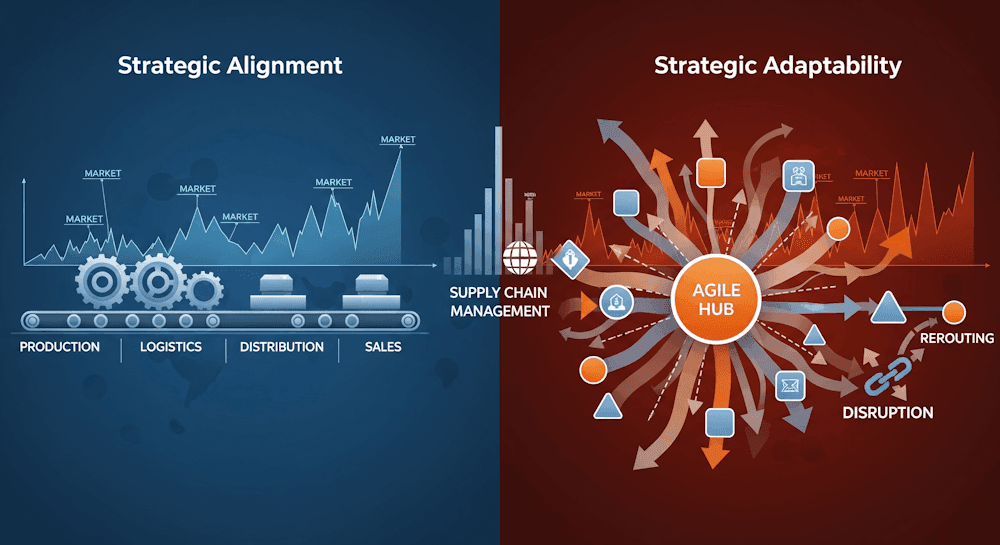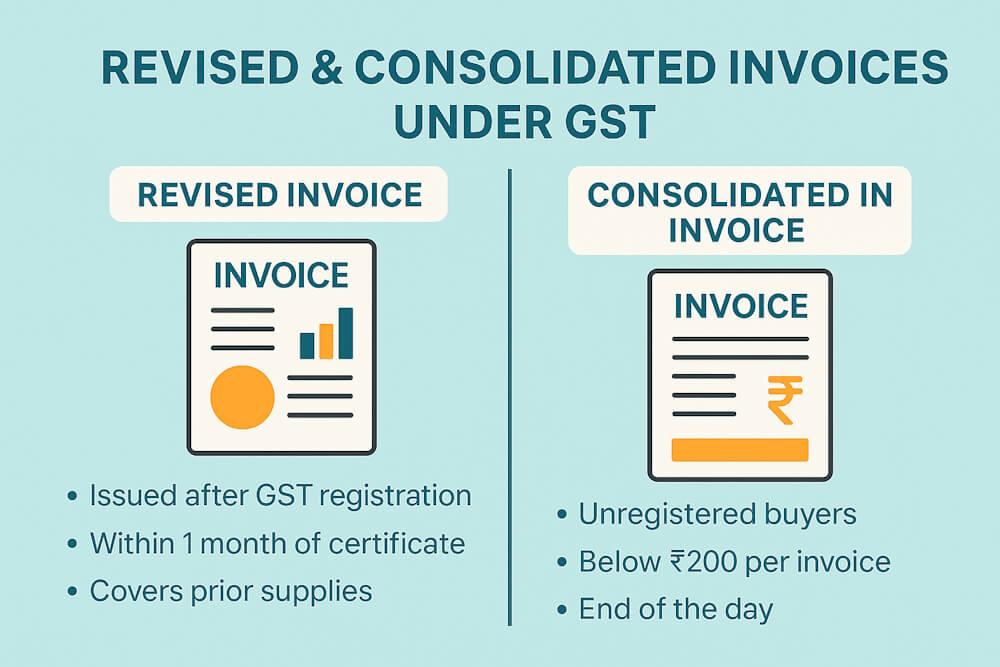Strategic Alignment
Strategic alignment is all about making sure that the actions and decisions of people in an organization are in line with its overall goals.
Dennis Miller explains it as a process where everyone involved—whether directly or indirectly—works together toward a common purpose. In simple terms, the business strategy is tied closely to the culture and structure of the organization.
When strategies are aligned, everyone moves in the same direction. They serve as guidelines and provide clarity to employees. Without alignment, people end up working in different directions, which creates chaos and wastes resources.
Types of Alignment Strategies
- Vertical Alignment This ensures that strategies directly connect with the mission, vision, and values of the organization. Even resources are structured to support this direction.
- Horizontal Alignment Here the focus is on ensuring that strategies across departments or units don’t compete with each other but instead complement and collaborate.
- Operational Alignment This involves making sure strategies are effectively put into action. Since resources are limited, they must be utilized efficiently. At this stage, the planning team decides: who will perform a task, how it will be done, when it should be done, and with what resources.
Strategic Adaptability
Unlike alignment, adaptability is about how an organization adjusts to an uncertain and changing business environment. To survive long-term, companies must learn to cope with change, improvise, and adjust quickly.
If members of an organization accept changes positively, the company can grow and thrive. But if change is resisted, it can lead to stagnation or even collapse.
Importance of Strategic Adaptability
- Gives a competitive advantage, since organizations that adapt faster outperform those that don’t.
- Improves leadership skills, as quick responses to change require strong leadership.
- Strengthens problem-solving abilities.
- Enhances business relationships by showing flexibility and resilience.
Alignment vs. Adaptability in Supply Chain Practices
To understand both concepts better, let’s look at supply chains.
- Supply Chain Alignment Alignment in supply chains means all partners—suppliers, manufacturers, distributors, and retailers—share the same interests. Risk-sharing, cost-sharing, and information exchange are transparent and fair. Everyone knows their role in the chain.
- Supply Chain Adaptability Adaptability in supply chains refers to the ability to anticipate changes in the market and respond flexibly. This might mean redesigning processes, reconfiguring networks, or shifting priorities to keep up with new demands.
In practice, both alignment and adaptability—along with agility—work together to help businesses survive and grow in highly competitive environments.
You can also explore the [key components of strategic management and how the process works] for a clearer understanding.





